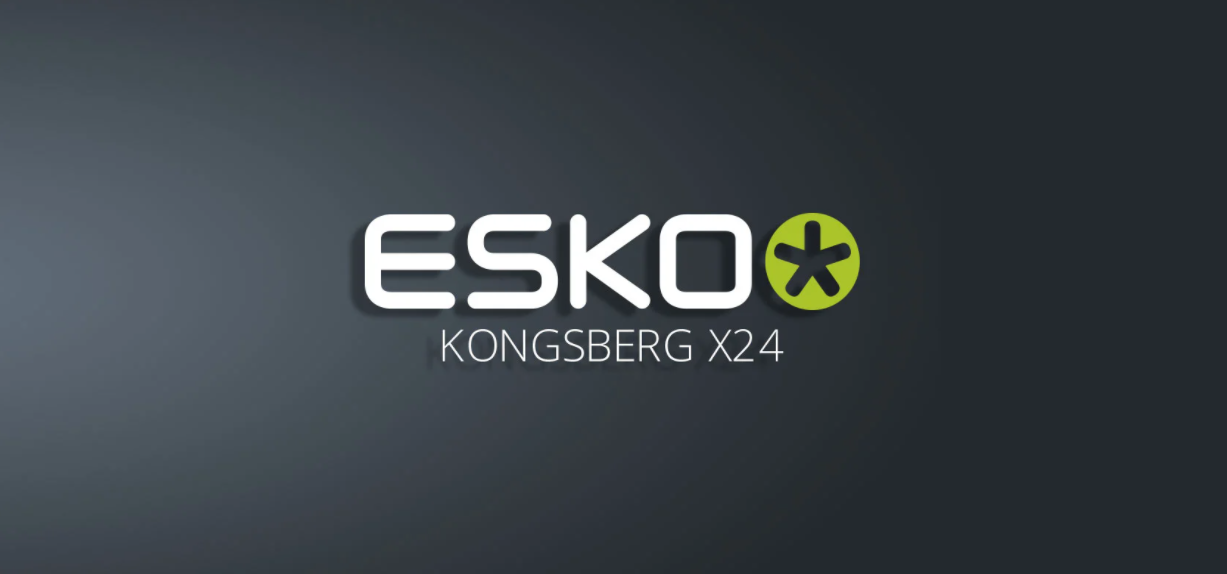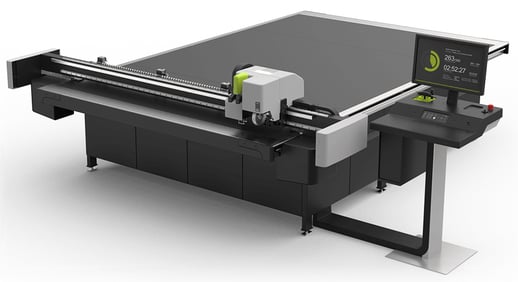Successfully managing a business can present numerous challenges, and the ability to organize, structure and execute the business process can make or break a company. Managing and maintaining workload capacity is crucial to be successful. In the sign industry, we have many different capacity challenges; incoming workflow, design and file prep, print volume, and finishing capabilities. These challenges can be overcome by planning ahead and reducing the possibility of workload bottlenecks.
Labour is a very important factor in the actual speed of production as well as the profitability of the work. In general, reducing or eliminating bottlenecks tend to speed up production, as well as increase profitability. After scaling print production, it becomes necessary to look at finishing as this often becomes the next big bottleneck.
With a vast amount of finishing options available, we need to focus on what will have the biggest impact in your business. Not all businesses in this industry serve the same clientele and will require different solutions to reduce labor and increase profitability.
Flatbed Cutters
Flatbed cutting devices are fantastic at a variety of different finishing tasks and will have a large impact across many different areas of your business. These devices have a unique ability to be configured for specific workflows and with quick tooling changes can easily adapt to new verticals.
You have quite a few options to choose from when it comes to flatbed cutting devices: table size, tooling configuration, router sizing and cooling, and conveyor options. The ESKO Kongsberg x24 is a great example of a reliable and durable flatbed cutter.
Size
Right out of the gate, the first choice that needs to be made is determining the best size of your table. The most commonly chosen is 5ft x 10ft. Ideally, tables will be configured to the largest size material you process on a day-to-day basis. Having this in mind, it should be easier to determine the best table size based on your products and space.
Tooling
Secondly, we need to tool the machine for the initial production requirements. It’s important to think about future upgrades and expansion into different markets before committing to a specific build. This can change the tool head you buy and pre-configuration for future upgrades can save a lot of money when it’s time to upgrade or expand into different markets.
Knife cutting tools are a very important part of any flatbed cutting table and the most commonly used tool day-to-day basis. All tables should be configured with an oscillating blade and fixed tangential blade to handle the largest variety of materials. Specialty blades like V carve, kiss cut, and rotary fabric blades can be added at any time to expand the capabilities of your machine. To learn more about some of these blades, you can check out a previous blog here!
Routing
Routers are an important part of rigid finishing. You will typically have two or three different choices depending on the amount of routing you need to process and what materials you are cutting. The routing choices are usually dependent on the volume of materials you are routing. Even the basic routers can handle most production but typically will take longer to process the materials.
Conveyor
If you are processing roll-to-roll items a conveyor is necessary for continuous production. Die cut decals, fabric cutting, and banner finishing are common applications for conveyor production. Roll holders are also necessary for this process. Take up devices are available as well as simple baskets to catch materials as they are processed should you feel this would be an advantage for your needs.
Peek inside a FastSigns store in Montana to see how the ESKO Kongsberg x24 changed their business and really opened their eyes to new capabilities!
Planning the build of the table properly up front will allow you to hit the ground running and make the best use of initial training time with the installing technician. The planning stage is a very important step to eliminating the finishing bottleneck. It’s important to think about the next decade when planning on buying a flatbed cutting table. These devices will last through several generations of print devices and are usually around for 15 or more years!


